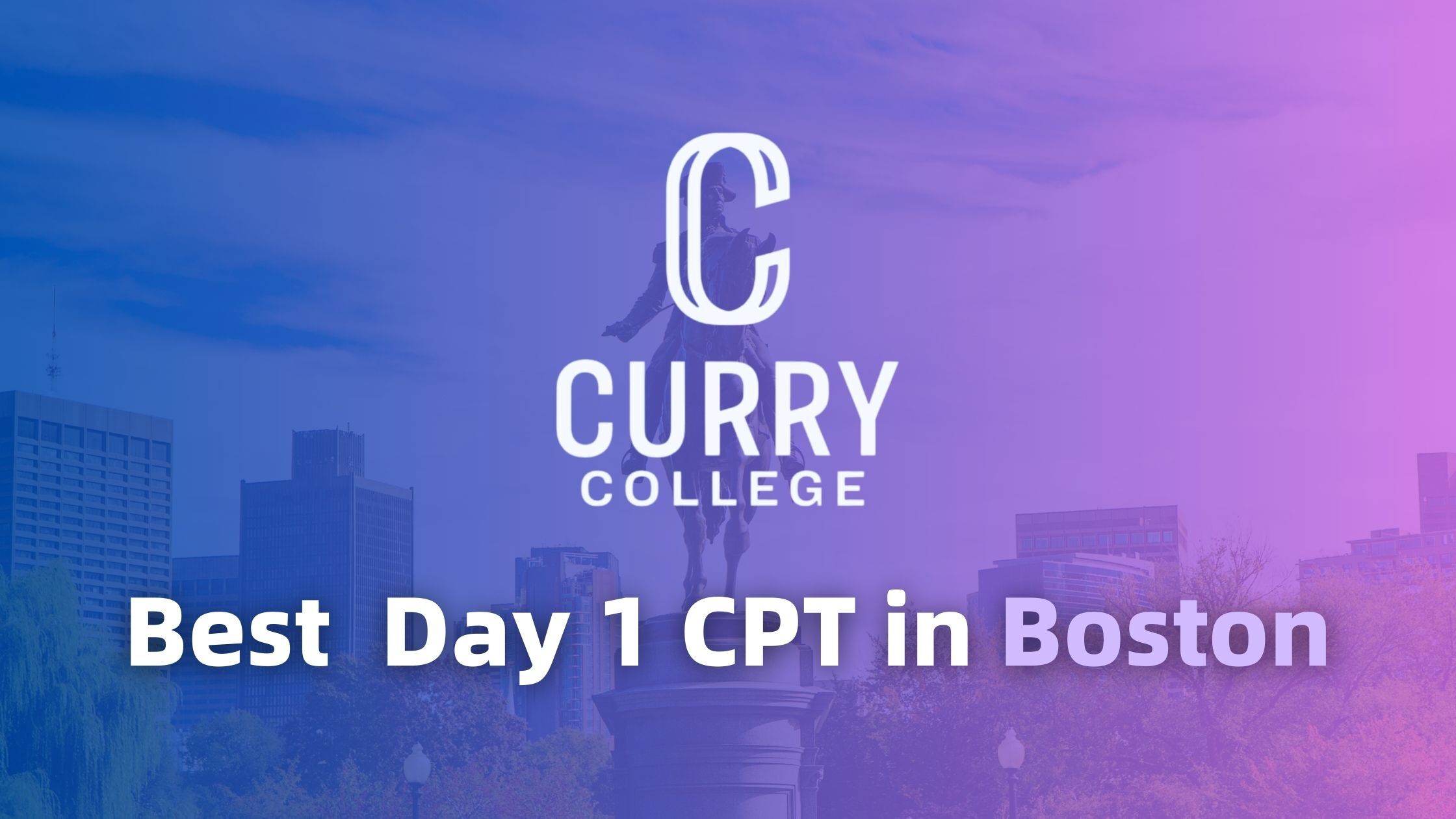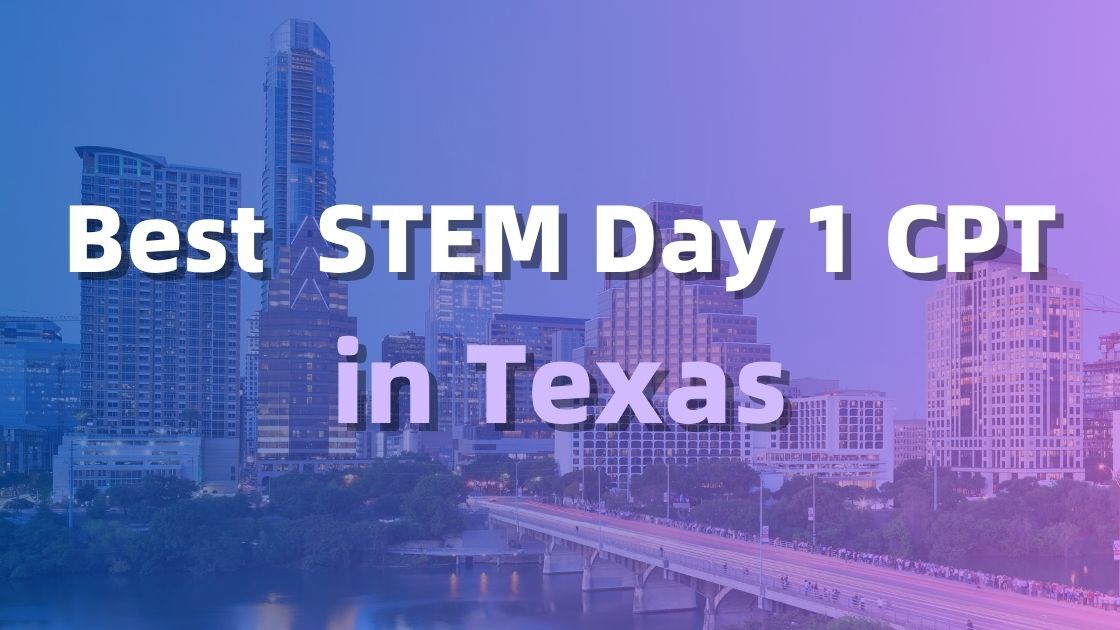Share this
Exploring Green Card : Finding the Right Immigration Path
by Abby on Jun 02, 2023
Are you an international working professional in the United States aspiring to obtain a Green Card?
Navigating the intricacies of the US immigration system can be overwhelming, especially when it comes to understanding the various Green Card categories available.
In this blog, we will demystify the process and shed light on the five primary Green Card categories: EB-1 (ABC), EB-2, EB-3, EB-4, and EB-5. Each category is tailored to specific qualifications and circumstances, offering different avenues for individuals seeking permanent residency. Whether you possess exceptional expertise in your field, hold advanced degrees, possess extraordinary skills, excel in religious studies, or have substantial financial resources, we will guide you through the options available, helping you identify the most suitable category for your situation.
If you're a regular working professional in the US, this blog is designed to provide valuable insights and assist you in making informed decisions about your immigration journey. Let's dive in!

Image Credit: Citizen Path
The US employment-based immigration system primarily consists of five categories: EB-1 (ABC), EB-2, EB-3, EB-4, and EB-5, each catering to specific types of applicants.
EB-1 is ideal for experts in various fields with exceptional abilities and achievements.
If you have a higher level of education and are considered a master in your field, EB-2 is worth exploring.
EB-3 suits individuals with average educational backgrounds but possess exceptional technical skills.
If you have made significant contributions to the religious field, EB-4 might be the right choice for you.
Lastly, if you have substantial financial resources, EB-5 allows direct immigration through investment.
Suppose you are a US worker without specialized religious research, outstanding achievements in a specific field, or substantial investment capital. In that case, this blog will provide valuable insights to help you navigate your immigration journey between EB2 and EB3.
The essence of employment-based green card
Why are EB-2 and EB-3 suitable for ordinary workers seeking employment-based Green Cards? It's because these categories require employer sponsorship for your application. The requirements for these categories are relatively less stringent than others, making them more friendly for regular workers who graduate from universities in the US and seek employment opportunities.
Of course, suppose you have a doctoral degree or higher. In that case, you can try applying for the EB-1 Outstanding Talent visa or the EB-2 National Interest Waiver (NIW) without the need for employer sponsorship.
Let me briefly explain the essence of these two Green Card categories. They are essentially based on job offers, which means your employer applies for your Green Card while you don't have it yet. So, the employer's application secures your future job opportunity, and once you receive the Green Card, you can work for the employer. As long as you meet your employer's requirements, whether you are currently in the US, have previous work experience, or work for the same company doesn't matter. What matters is whether the employer will sponsor you for the Green Card. However, it's important to note that the entire process can take anywhere from 1 to 10 years.
Now, let's talk about the difference between EB-2 and EB-3. The main distinction lies in the educational requirements and work experience.
-
EB-2 is relatively more challenging to apply for, as applicants need a master's degree or higher and 5 years of relevant work experience (which can be accumulated both within and outside the US).
-
EB-3 applicants need a bachelor's degree or higher and two years of work experience or skills training.
-
If you're unsure which category to choose, it's crucial to consult a reliable immigration attorney.

Image Credit: FileRight
Let's get back to the main topic. Generally speaking, the application process for EB-2 and EB-3 can be broken down into three steps: the PERM Labor Certification, then the I-140 application, and the final stage, which is the I-485 application. To simplify understanding, let's take a look at this diagram.
Step 1: PERM Labor Certification: This is the first step in the EB-2/EB-3 application process (NIW does not require PERM and can proceed directly to the immigration application). We will provide a detailed article on PERM in the future, so keep an eye out for it. Now, let's focus on PERM itself. The purpose of this step is to protect American workers. How so? During this process, the employer must prove that they made every effort within their operational capacity to recruit American workers but were unsuccessful, leading them to hire a foreign worker (that's you!). It's similar to the first step of the H-1B application, where the employer applies for an LCA (Labor Condition Application) to demonstrate that hiring you will not harm the interests of American workers. As the number of applications increases, the Department of Labor has become stricter in reviewing PERM applications. This strictness refers to whether the employer genuinely made a diligent effort to recruit American employees, such as actively advertising job positions on various recruitment websites, ensuring clear job descriptions, and clarifying salary and benefits. In short, it's about making the utmost effort to advertise and recruit.
Step 2: I-140 Application: Once the PERM Labor Certification is approved, the employer can move on to the second step, which is filing the I-140 application. This form establishes the employer's intent to hire you as an immigrant worker based on your qualifications and the company's needs. The I-140 application requires supporting documents, such as educational credentials, work experience, and evidence of the employer's ability to pay the offered wage.
Step 3: I-485 Application: The final step is the I-485 application, also known as the Adjustment of Status. This is where you apply for permanent residency as the beneficiary of the Green Card. Along with the I-485 form, you will submit additional documents such as identity documents, medical examinations, and a fee payment. The I-485 application is typically filed when a visa number becomes available.
It's important to note that the overall process can be complex and time-consuming. It's advisable to seek the guidance of a knowledgeable attorney who can help navigate the requirements and ensure a smooth application process.
Share this
- Day 1 CPT (32)
- H1B (24)
- Day 1 CPT Universities (18)
- H1B Lottery (11)
- CPT (6)
- Green card (5)
- University Application (4)
- F1 (3)
- F1 Status (3)
- International Students (3)
- USCIS (3)
- Westcliff University (3)
- Concordia University Texas (2)
- F1 Reinstatement (2)
- H1B Layoff (2)
- H1B Status (2)
- OPT (2)
- STEM OPT (2)
- change of status (2)
- Bay Atlantic University (1)
- Curry College (1)
- English Proficiency (1)
- Goldey-Beacom College (1)
- Green Card Application (1)
- H4 EAD (1)
- H4 Visa (1)
- Humphreys University (1)
- Immigration (1)
- International Student Travel (1)
- Jobs (1)
- L1 (1)
- Layoff (1)
- McDaniel University (1)
- O1 (1)
- Saint Peter's University (1)
- Salem University (1)
- Scholarships (1)
- Sofia University (1)
- Tax (1)
- December 2025 (1)
- November 2025 (2)
- October 2025 (1)
- September 2025 (3)
- August 2025 (2)
- June 2025 (1)
- May 2025 (2)
- March 2025 (2)
- November 2024 (2)
- October 2024 (4)
- September 2024 (3)
- August 2024 (3)
- July 2024 (2)
- June 2024 (7)
- May 2024 (3)
- April 2024 (4)
- March 2024 (3)
- February 2024 (5)
- January 2024 (1)
- October 2023 (3)
- September 2023 (6)
- August 2023 (10)
- July 2023 (3)
- June 2023 (4)
- May 2023 (1)
- April 2023 (1)
- February 2023 (1)
- November 2022 (1)
- October 2022 (3)
- September 2022 (1)
- August 2022 (1)

Full Day 1 CPT Universities List
Click here to view 30+ Day 1 CPT universities in different states
Scholarships & Payment Plan
Click here to explore extensive scholarships and financial aids
Get Free Assistance Now
We can help you with admission, fee waiver, and scholarships
Featured Articles
Studying and Working in the US

What If a Second Master’s Degree Isn’t Allowed? Why a Day 1 CPT DBA Could Be Your Best Path Forward
-Nov-22-2025-12-02-59-3078-AM.jpg)
Which Day 1 CPT Programs Offer a Fixed Summer Break? You Won’t Believe How Rare the Answer Is…

Why Curry College is a Top Choice of Day 1 CPT in Boston

Concordia University Texas Launches New MCS Program - A Top STEM Day 1 CPT Option





.png?width=204&height=68&name=Verified%20(2).png)


.png?width=250&height=83&name=Logo%20-%20Rectangle%20(2).png)
.png?width=250&height=83&name=Logo%20-%20Rectangle%20(1).png)
